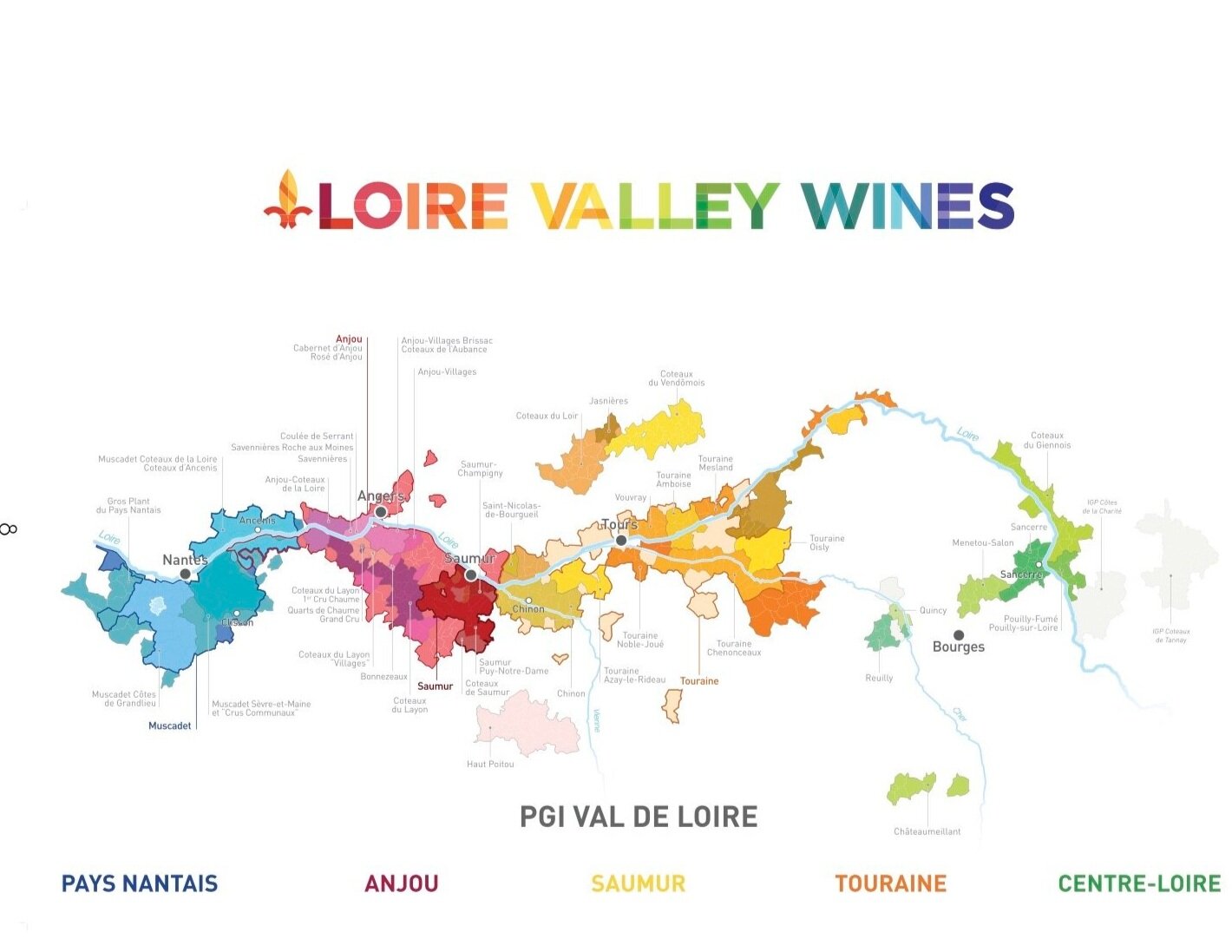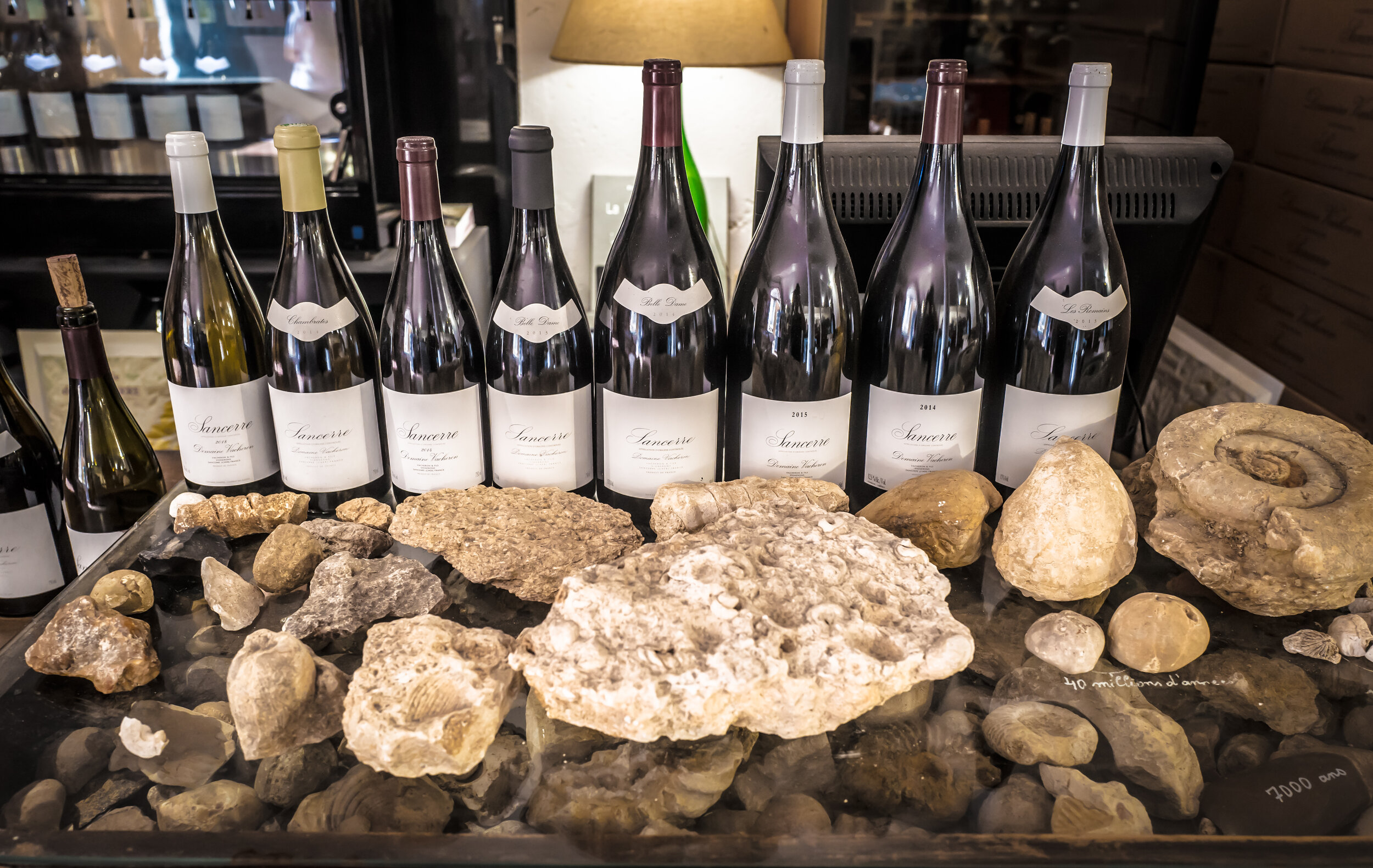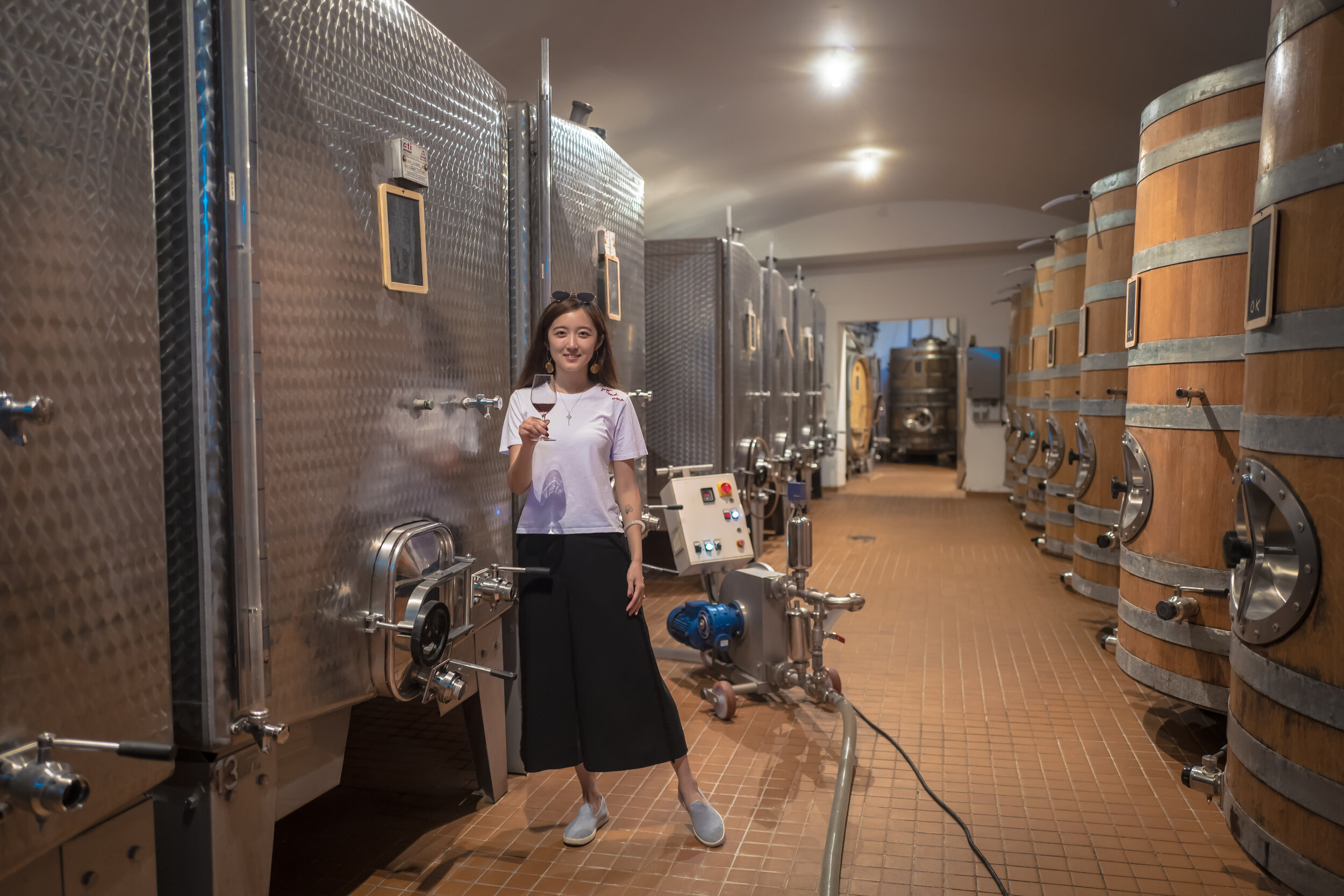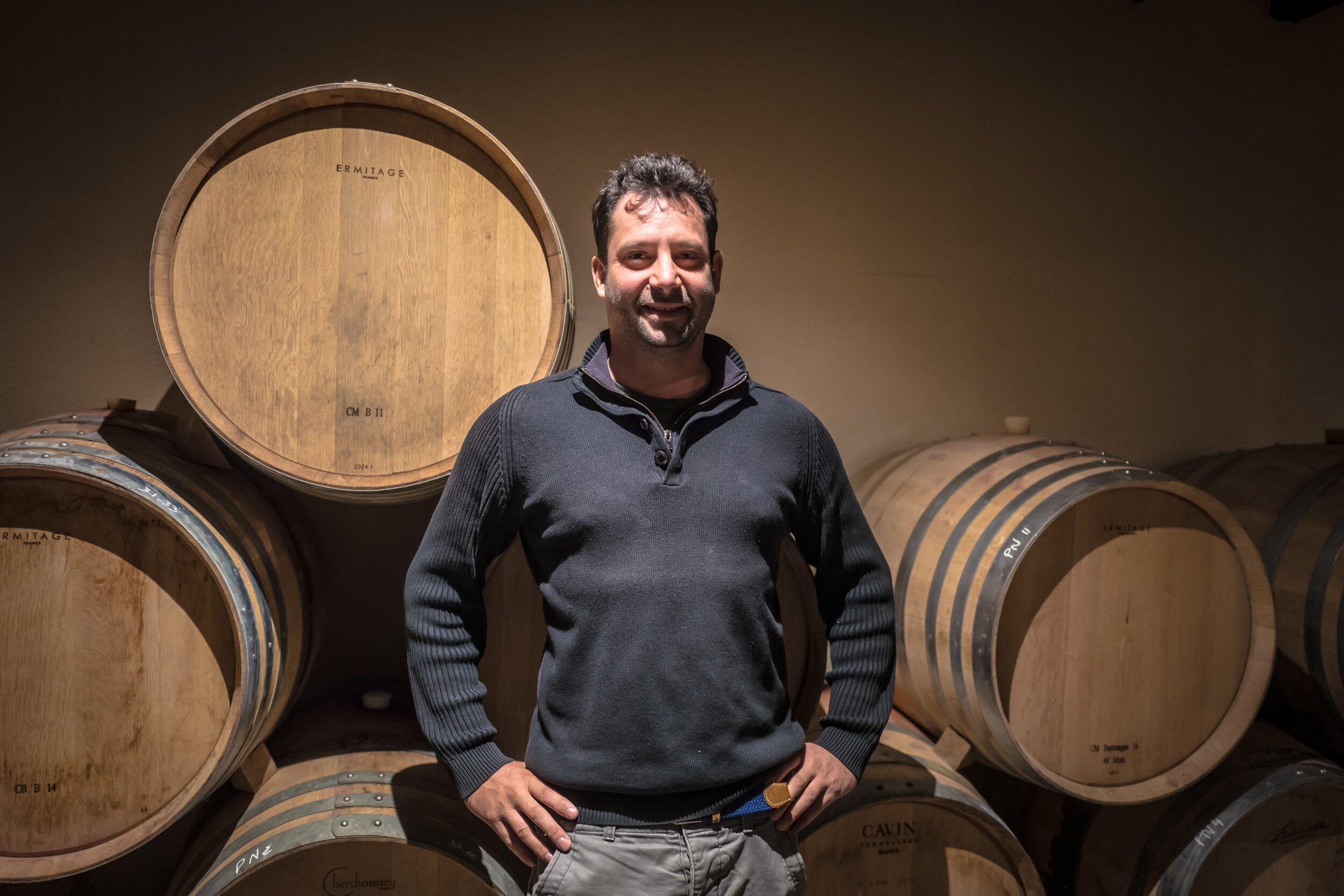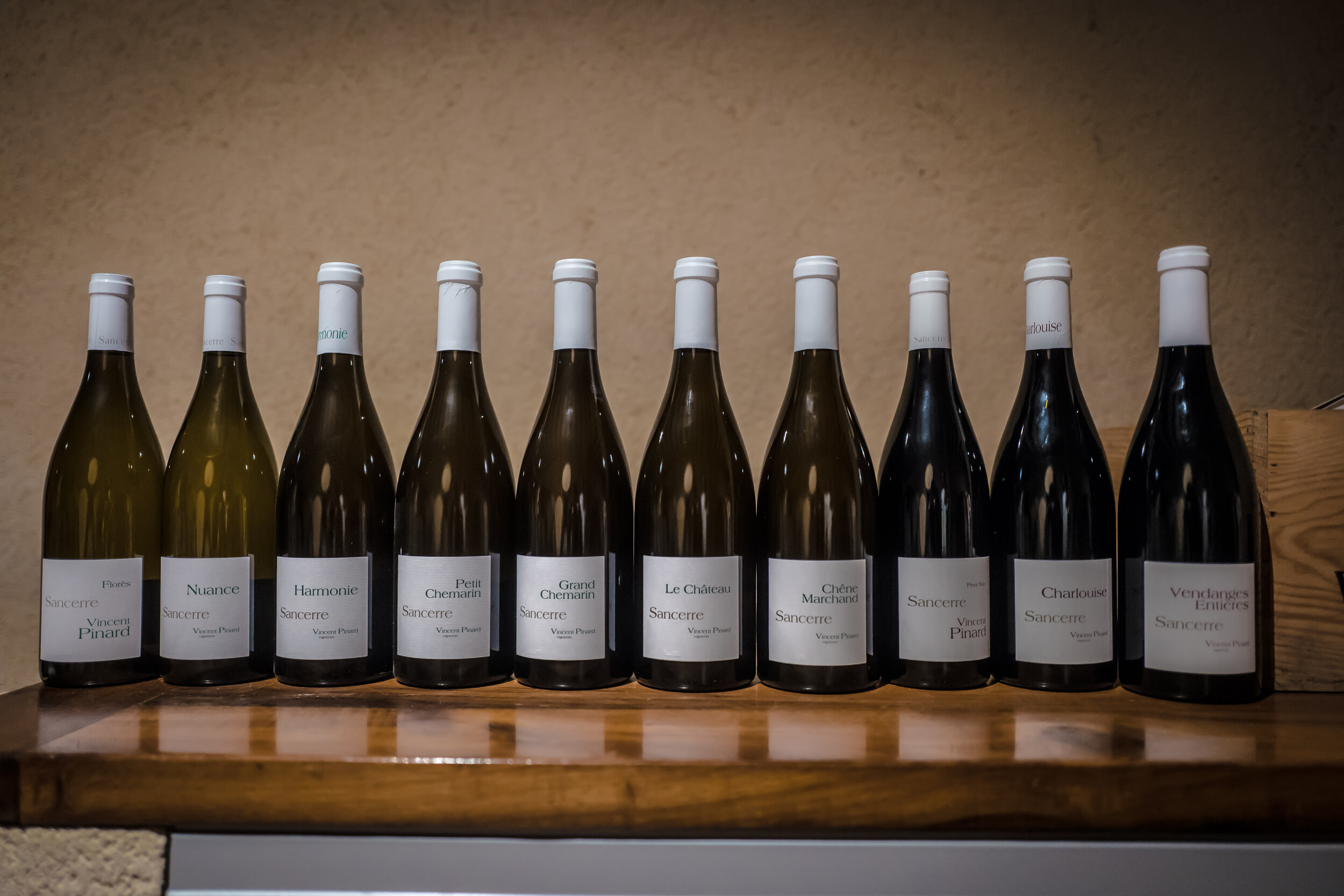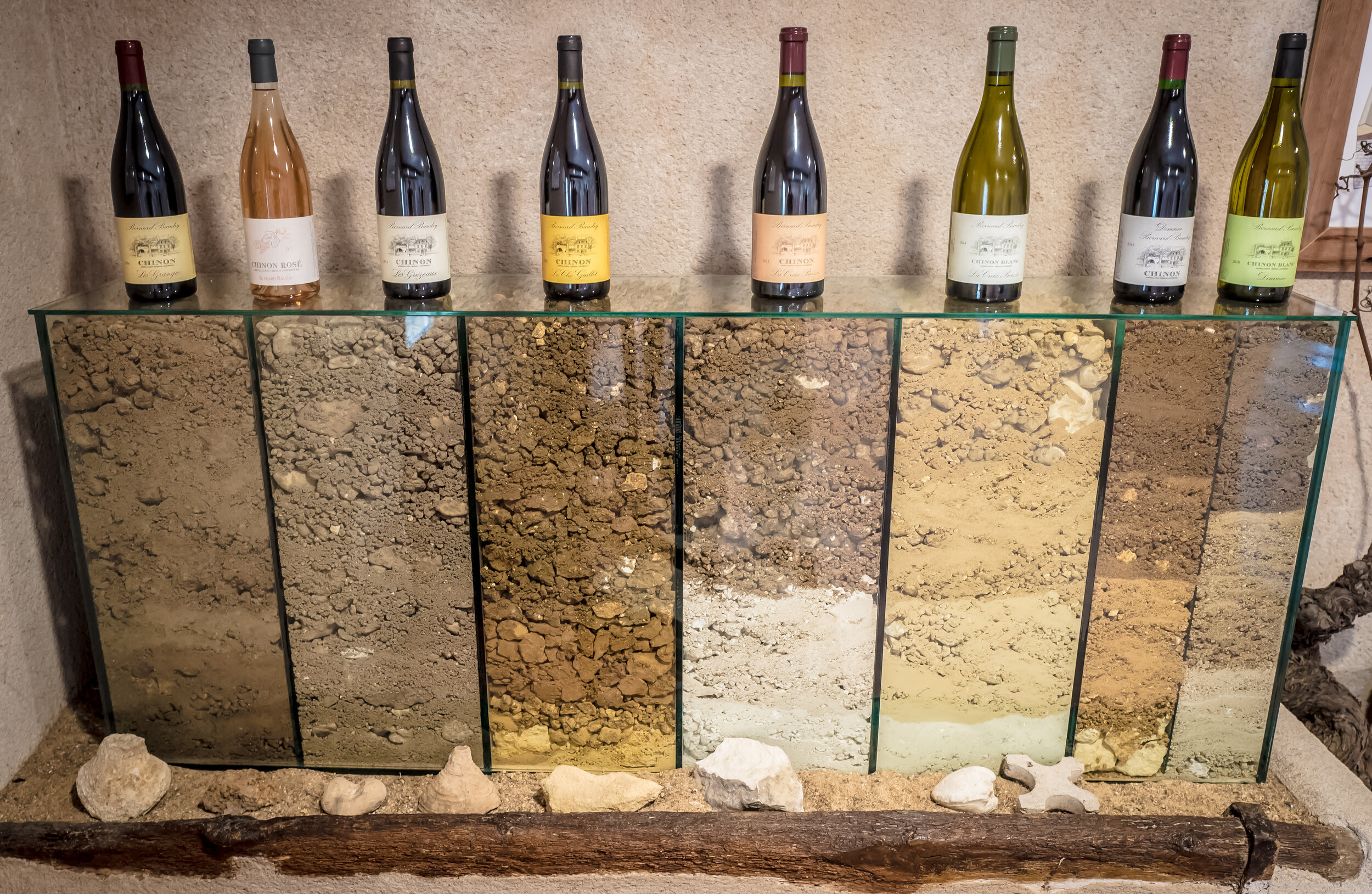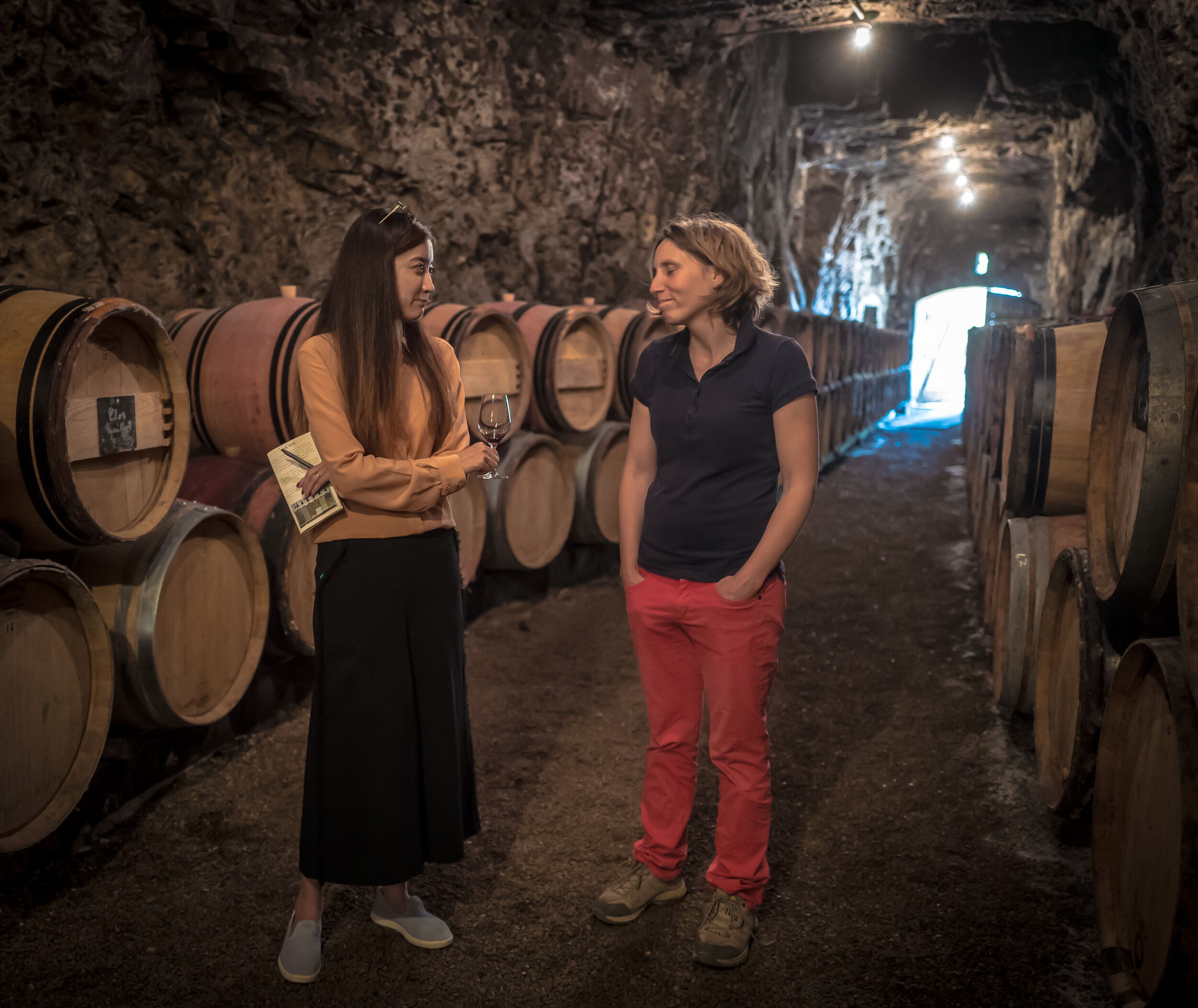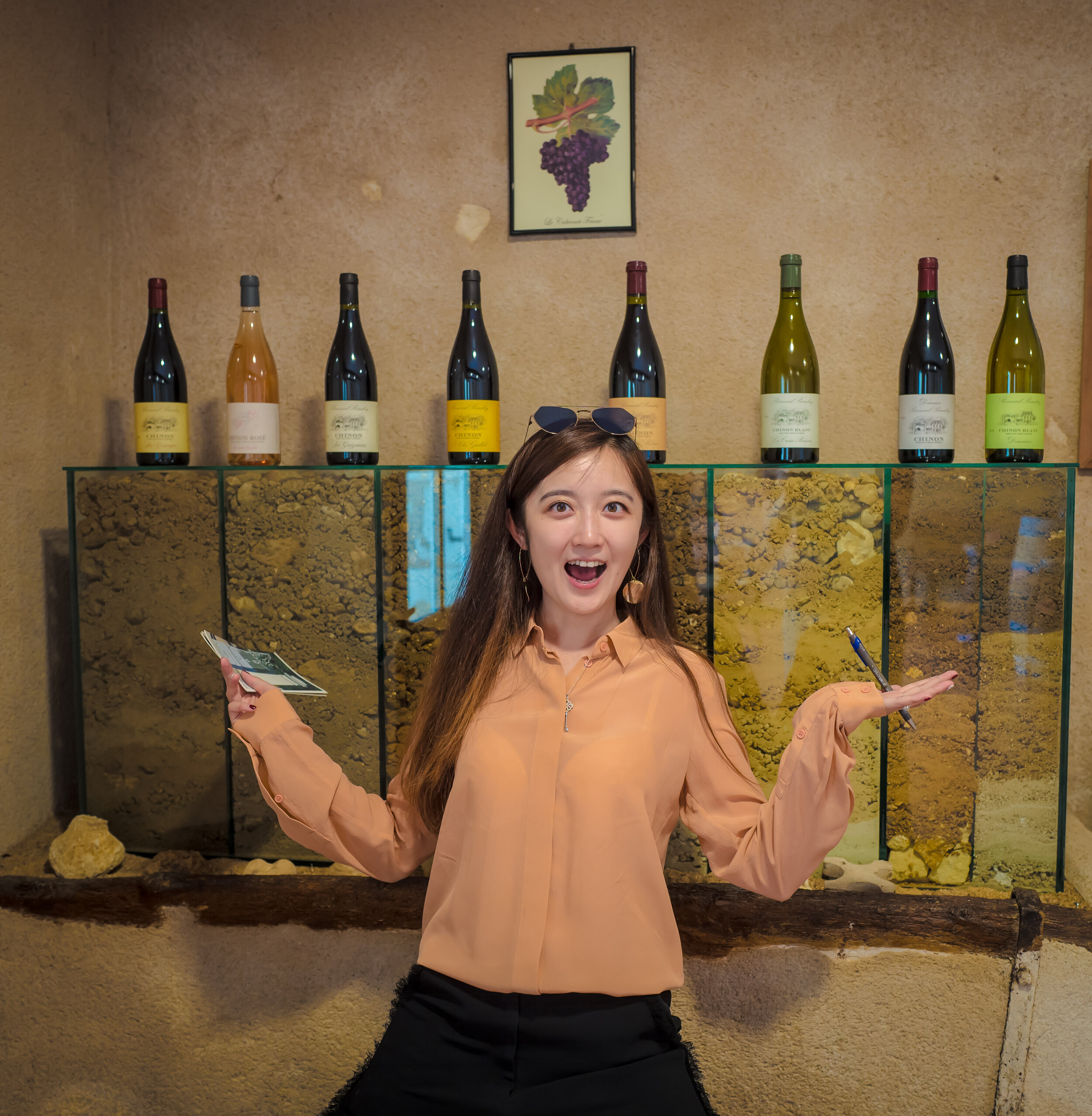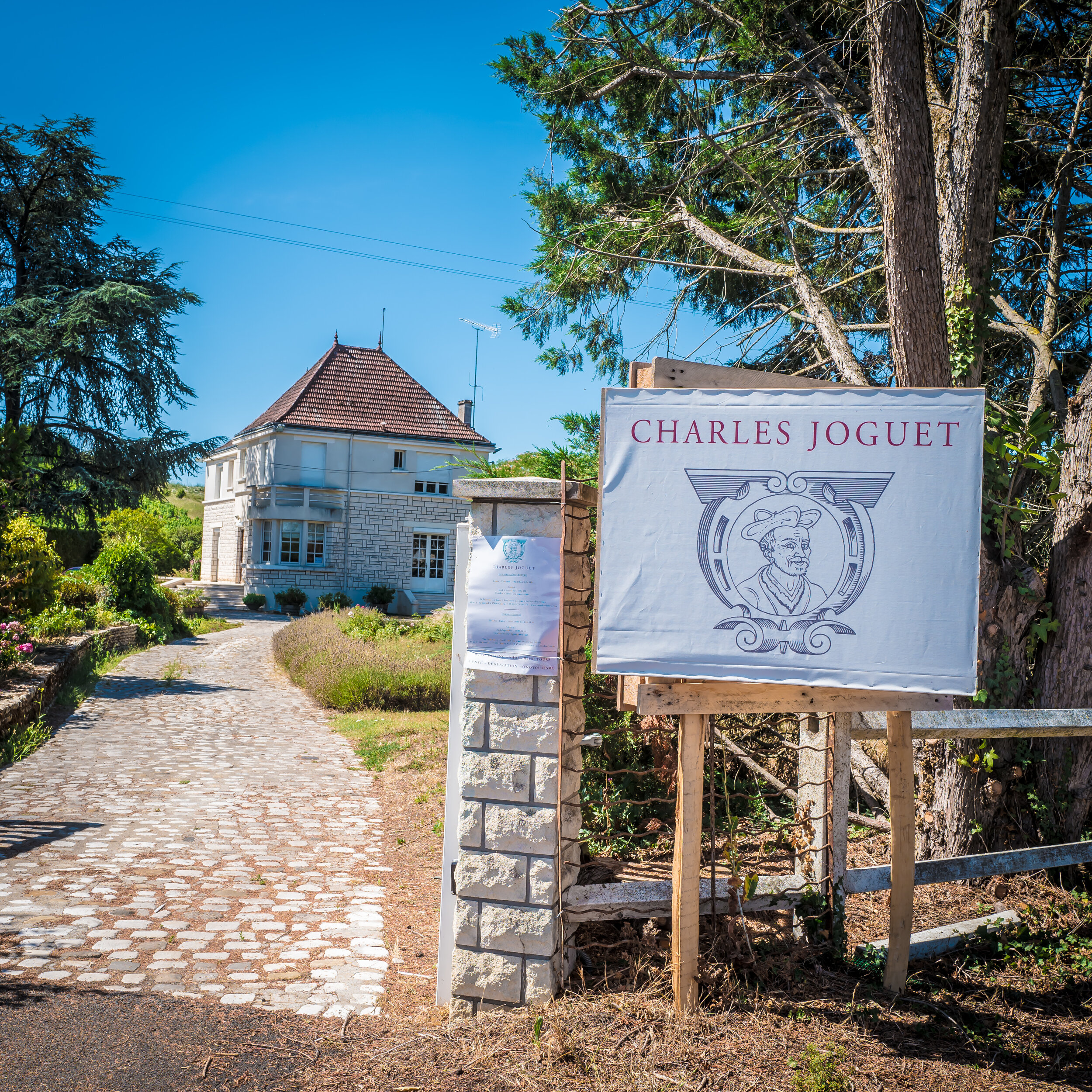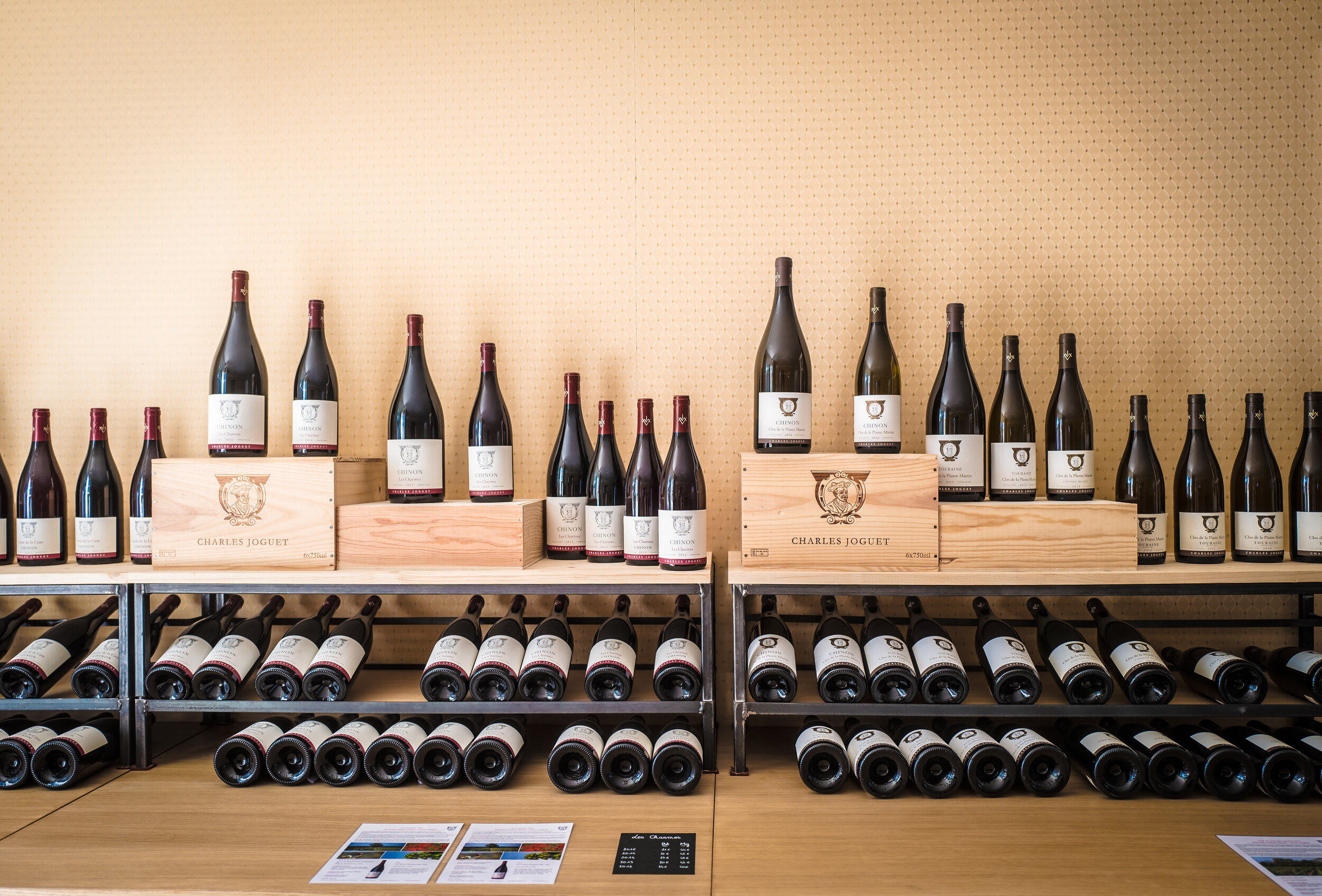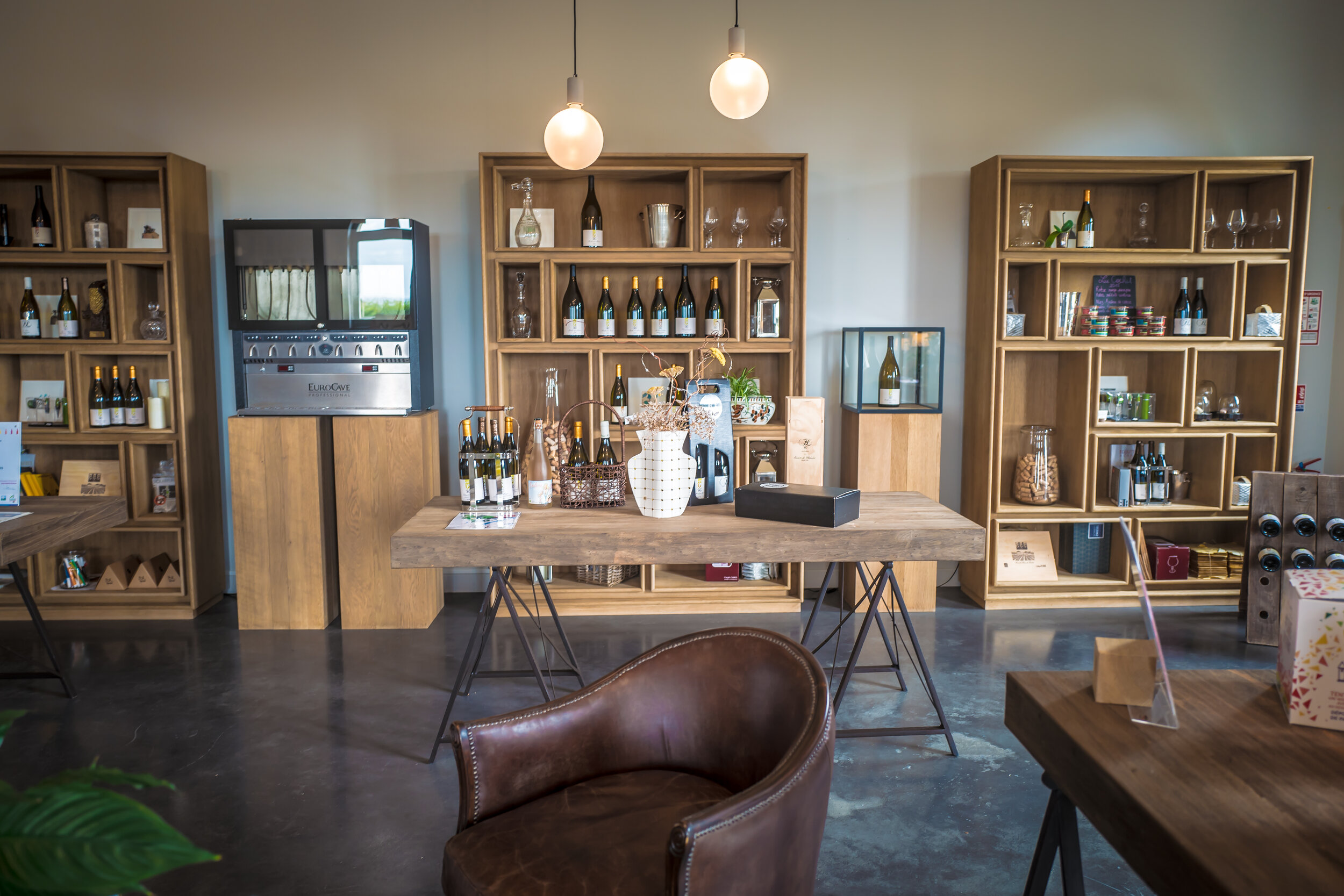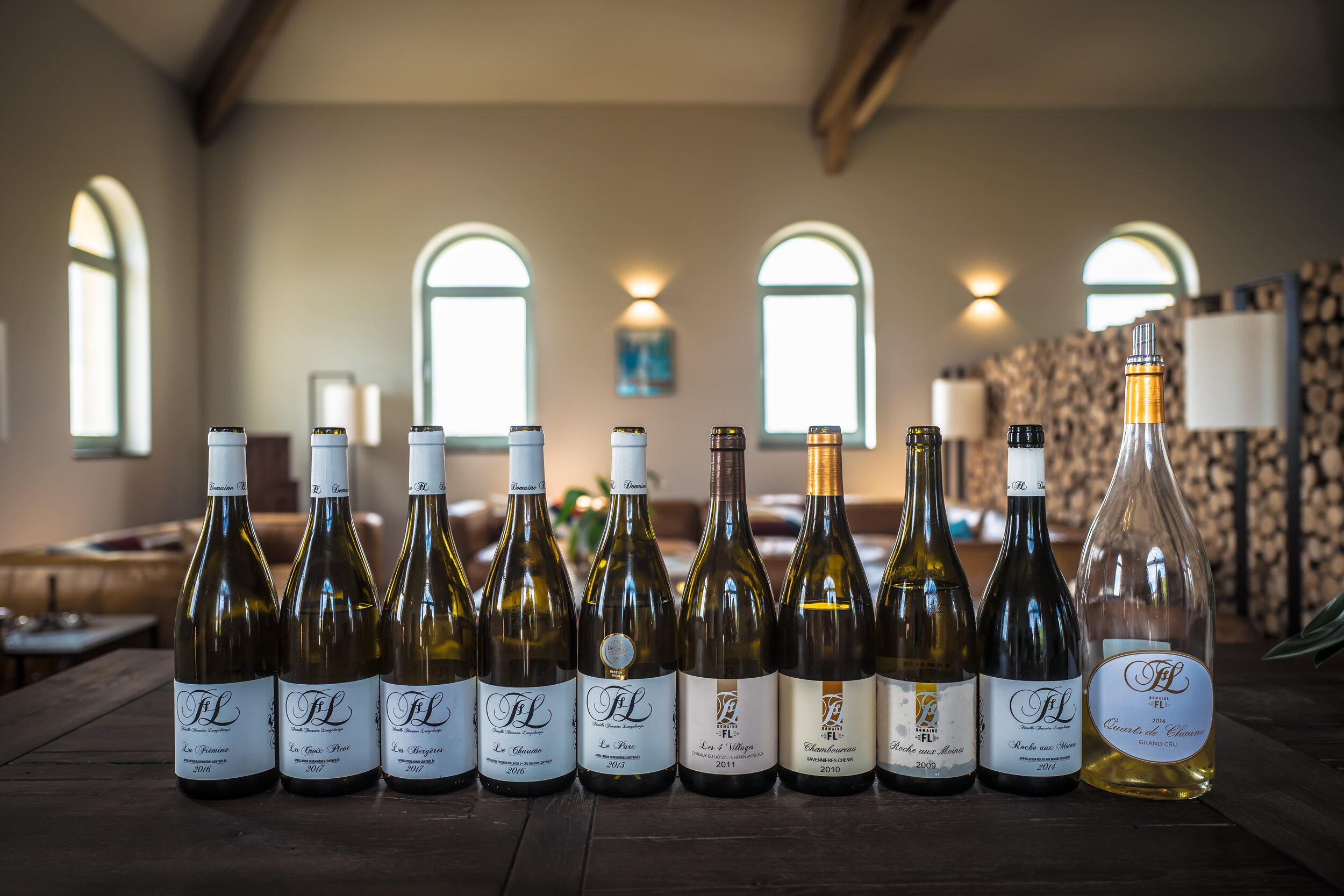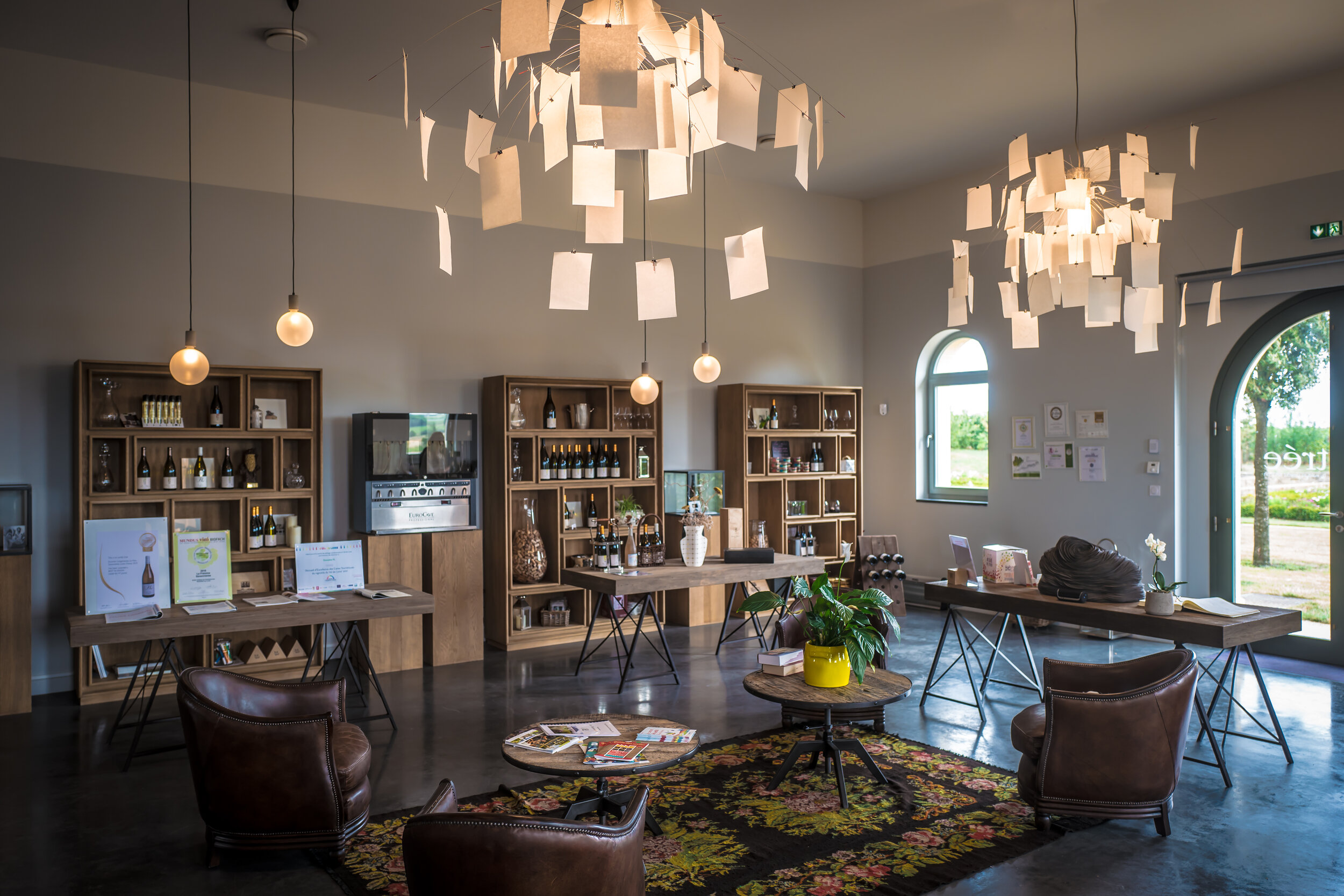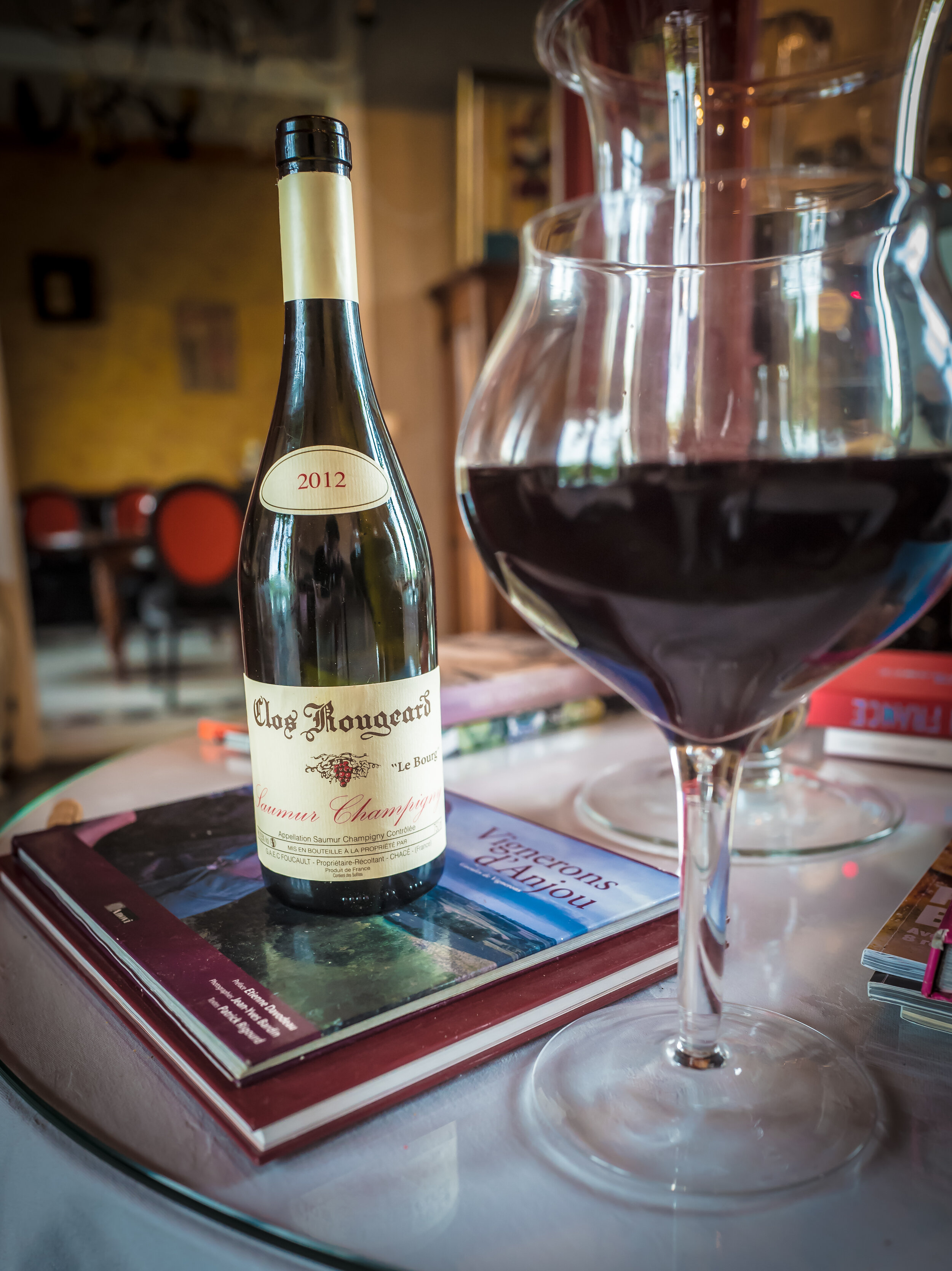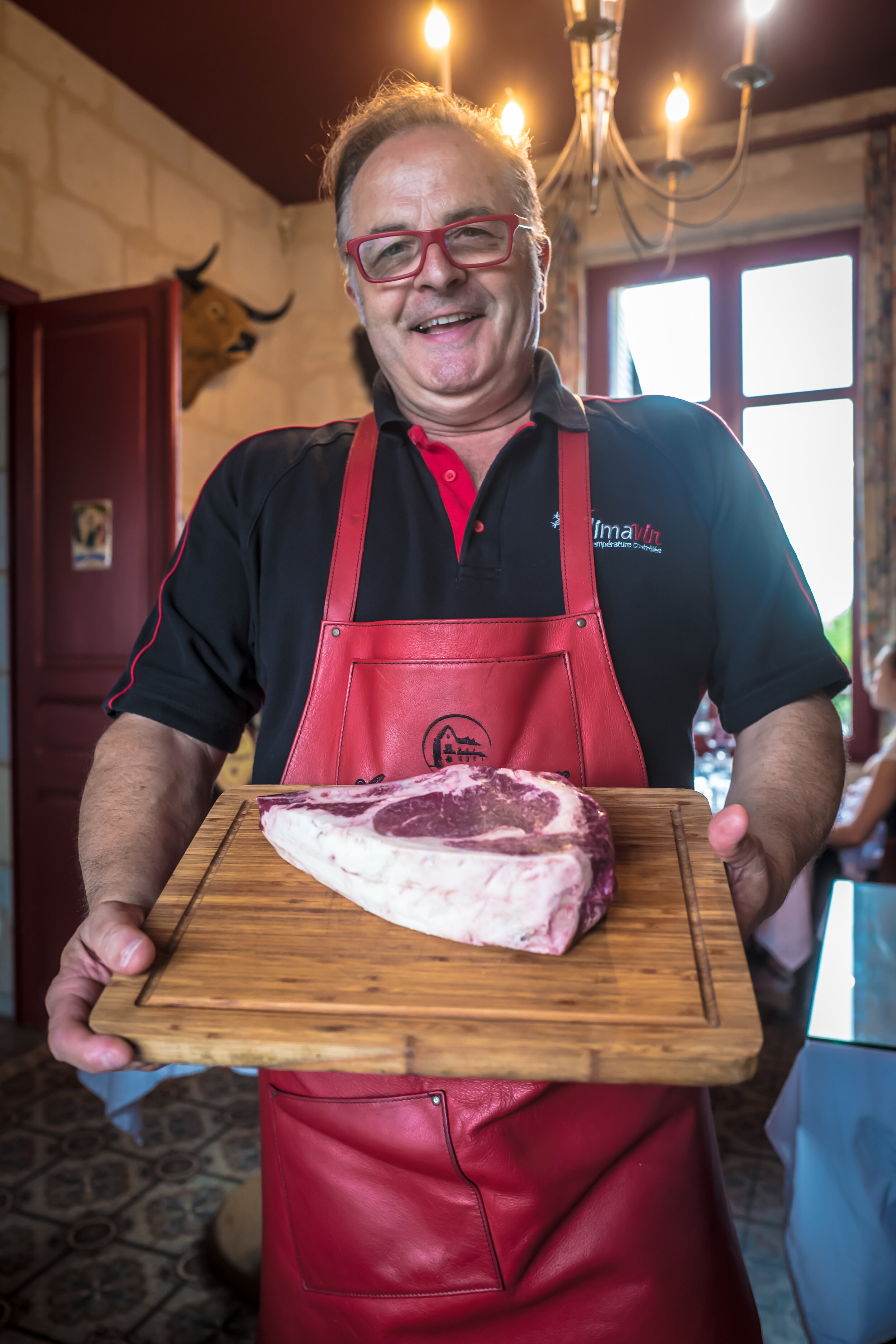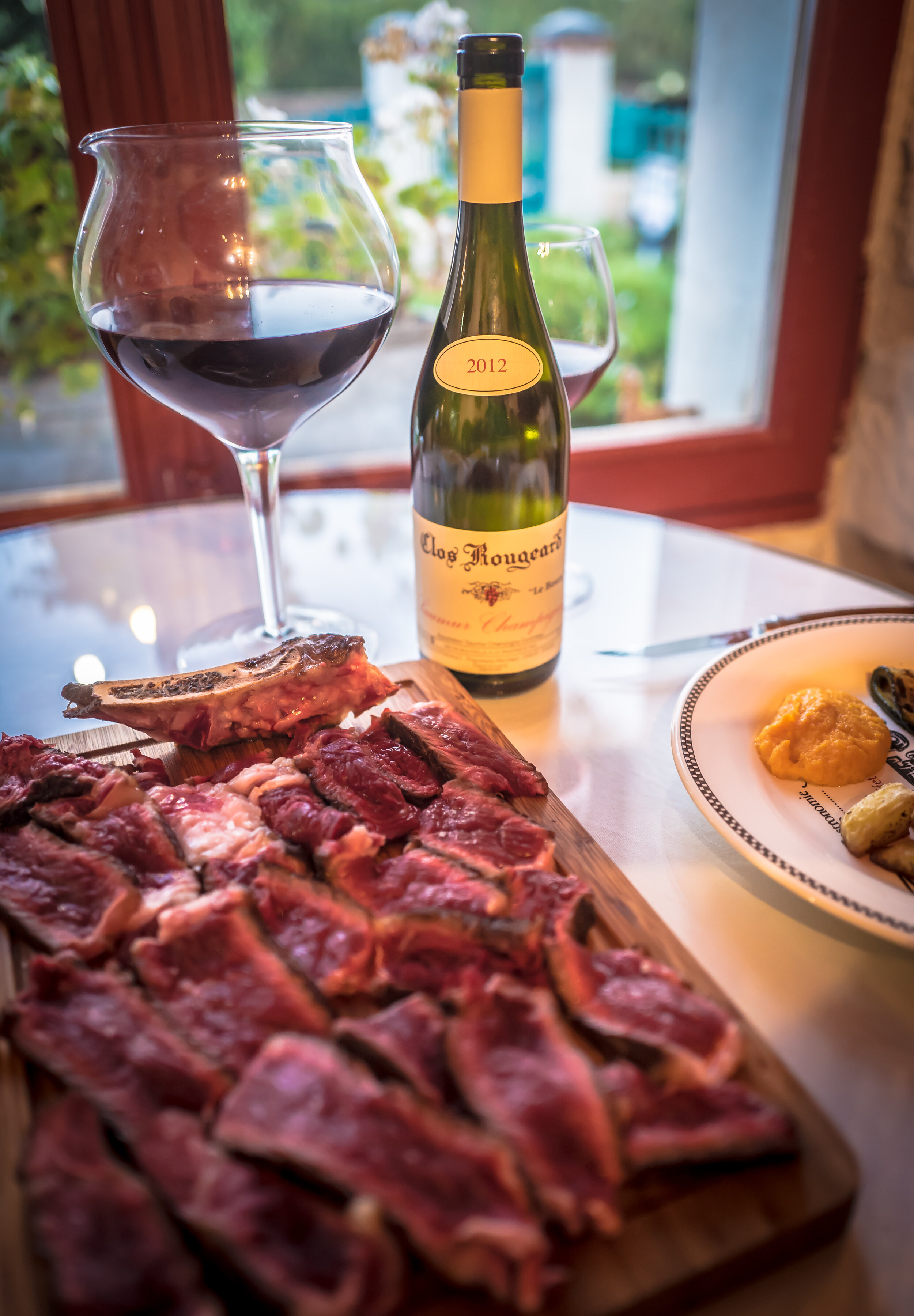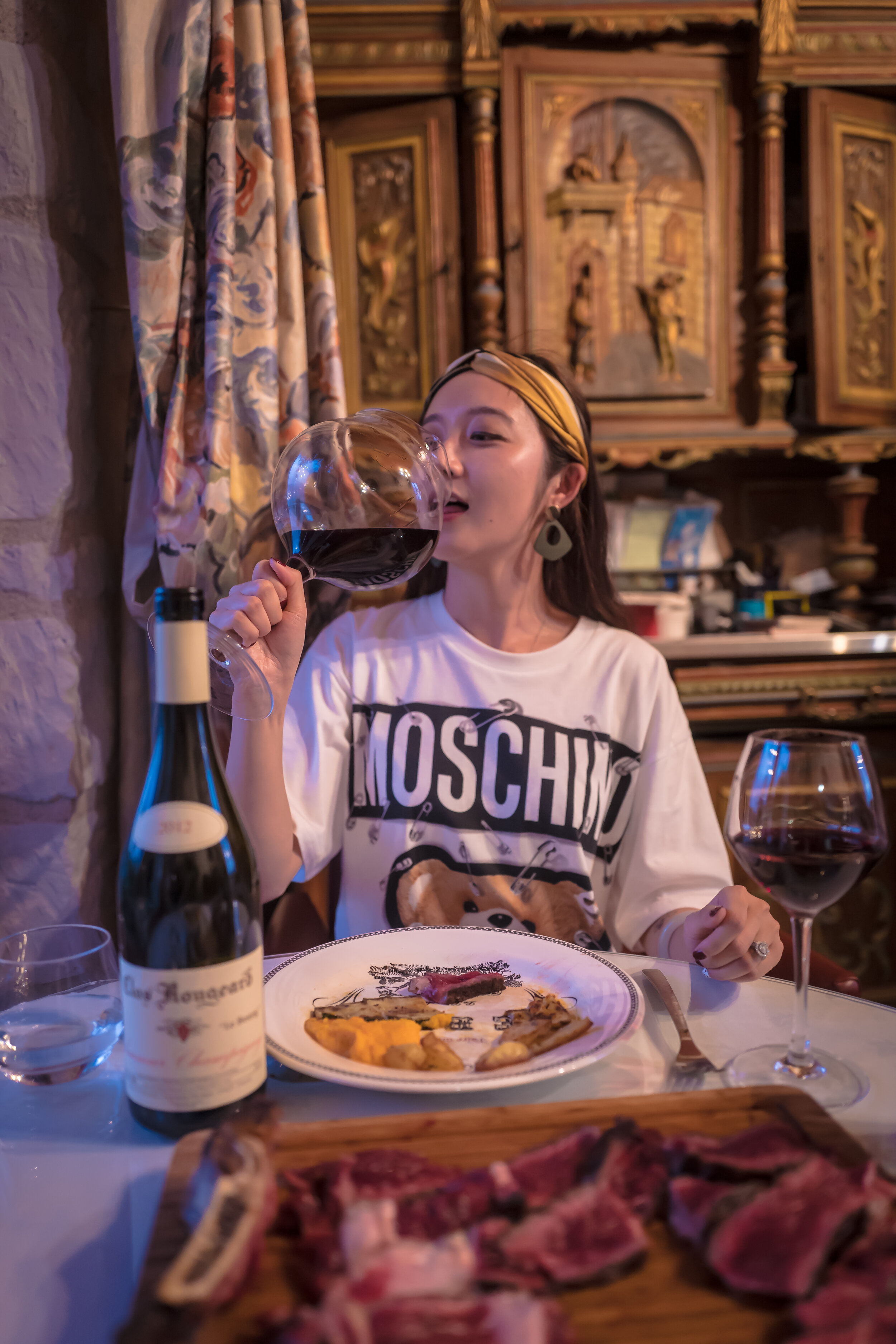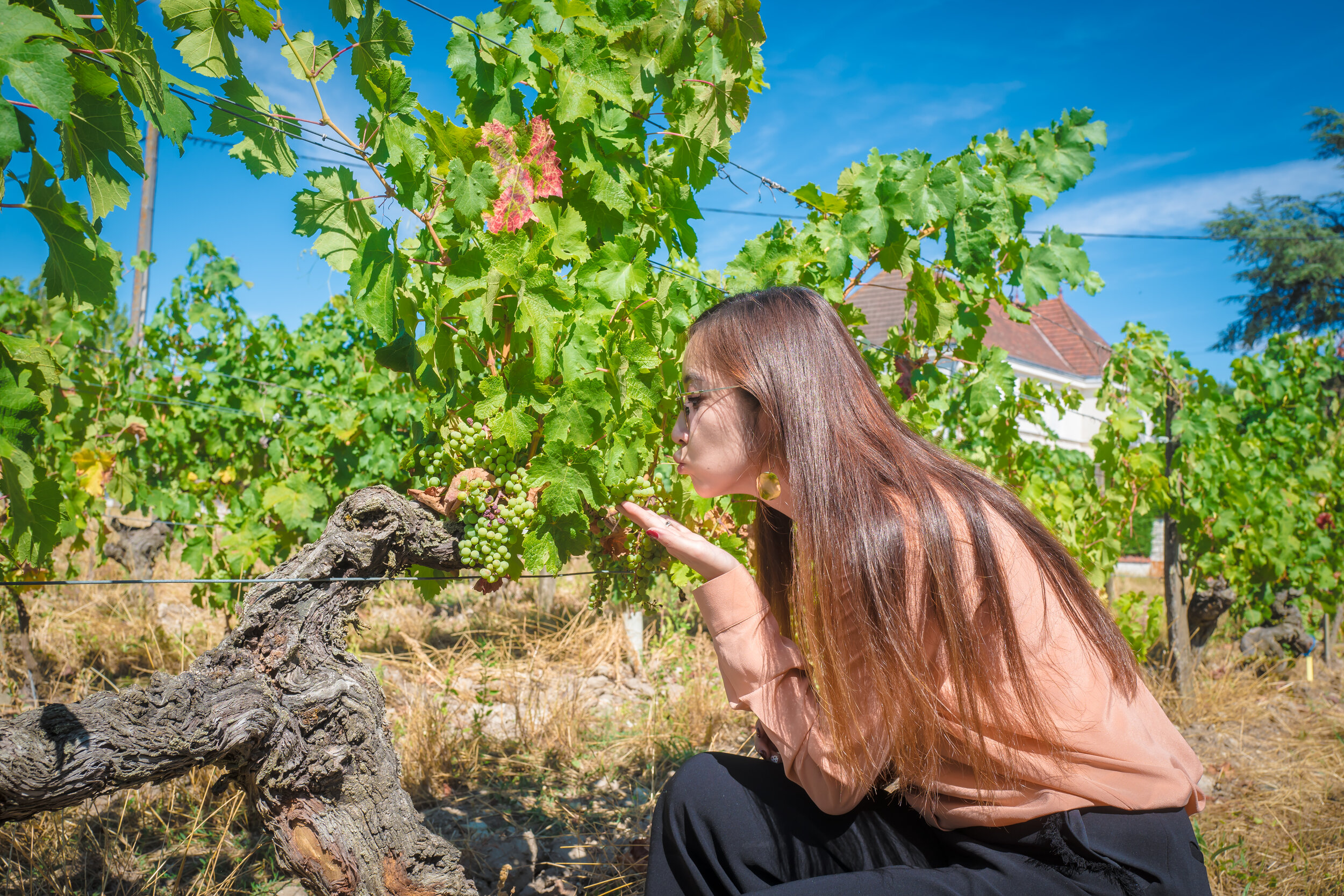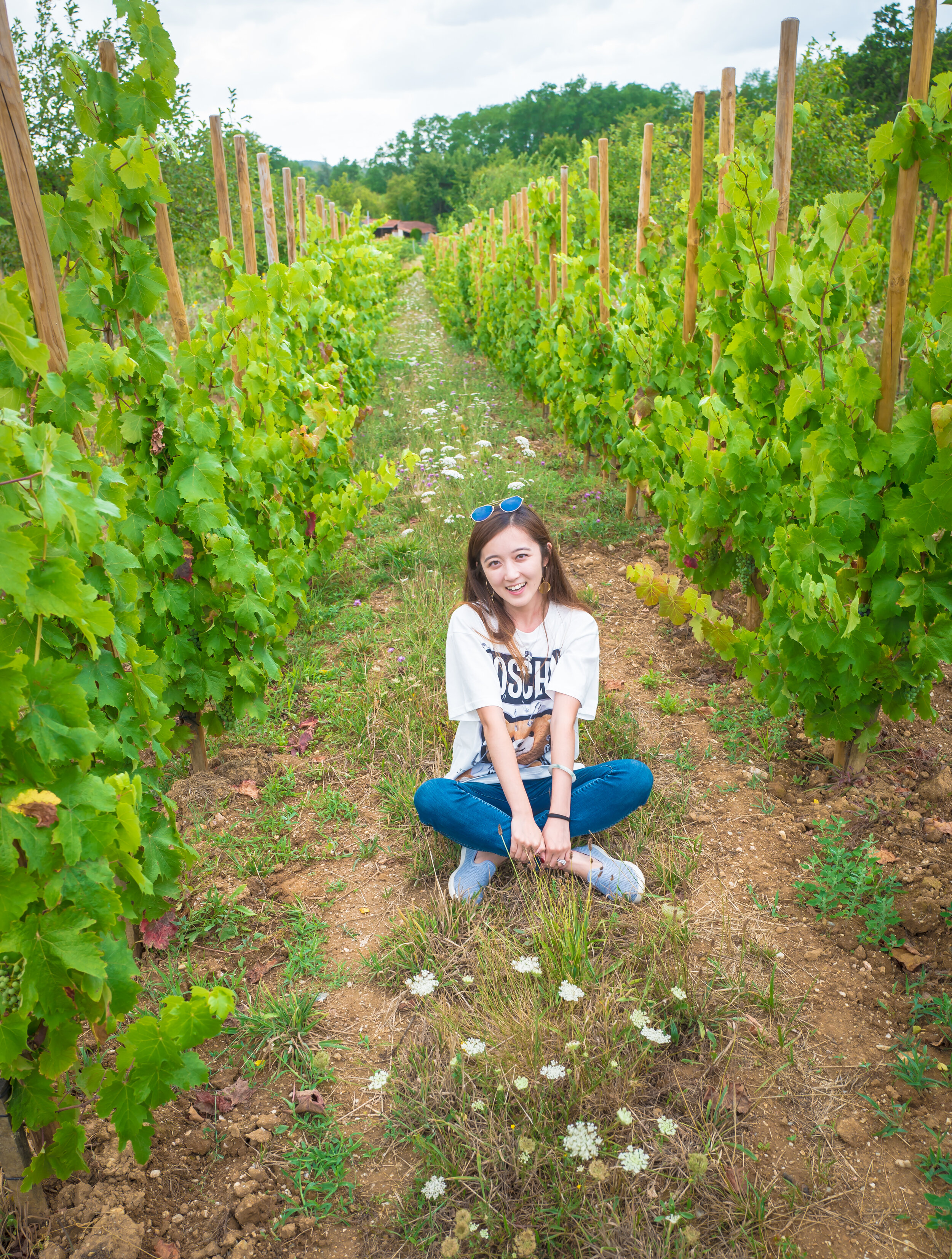A Wino's Guide to the Loire Valley
/Château de Chambord
The Loire is the garden of France, the most picturesque place, abundant with a rich cultural history added to UNESCO’s World Heritage list in 2000. It is also the most diverse wine region, making every single style of wine from juicy still whites and reds, mouthwatering sparkling wines, to zippy rosés wines and elegant sweet wines.
The Loire Valley wine region follows the course of the Loire river, from the farthest east Pouilly-Fumé and Sancerre to the farthest west of Muscadet, bordering the Atlantic ocean. In between sit Vouvray, Savennieres, Chinon, Bourgueil, Saumur, and many others. It is home to 6,000+ wineries, with ~60k hectares of vines planted across ~60 appellations, making it one of the biggest wine regions in France. While it’s becoming a “trendy” region only in recent years, the Loire Valley’s wine history actually stretches over 2,000 years, to the Romans that first planted vineyards in the area. Let’s take a closer look at the three main areas:
@LoireValleyWines
Eastern/Upper Loire:
Sancerre, Pouilly-Fumé, Menetou-Salon, Côteaux du Giennois, Quincy, Reuilly, Côte Roannaise, Côtes d’Auvergne
Two hours’ drive from Paris got us to Sancerre. Not a large area here but to many people, this is where their Loire wine journey started - the famous racy, smoky, tangy Sauvignon Blanc. The soils vary quite a bit but with the majority being chalky limestone and flint, providing the wines with bright minerality. These wines drink well by themselves, yet also extremely flexible when it comes to food pairing - the bracing acidity can balance various dishes, from appetizers, raw seafood, to deep-fried fish, goat cheese, cleansing palate and stirring up tastiness. Most wines are fermented in stainless steel with no malolactic fermentation, keeping the wines refreshing and retaining the fruits to the best extent, although recently a small number of new-wave producers started to experiment with oak barrels. It is worth mentioning that Reds and Rosés are also made here, as a matter of fact, the production is increasing. Made from mainly Pinot Noir, sometimes a little bit Gamay, the reds are medium-bodied, fresh and bright, of great acidity, often bringing beautiful cherry, plum aromas.
Where to visit:
Domaine Vacheron
Domaine Vacheron is one of Sancerre’s elite producers without doubt. Managed by the cousins Jean-Dominique and Jean-Laurent Vacheron, who are the third-generation winemakers of an estate that was founded in 1900. The winery was converted to biodynamic in the early 2000s, low yields, hand-harvesting, wild yeast, experiments in single-vineyard plots - all trying to craft the wines to best showcase the terroir. They are widely carried in the U.S. at a reasonable price.
Domaine Vincent Pinard
Located at the heart of Sancerre, Vincent Pinard makes all types of wines - red, white, and rosé. They have had the organic approach since the very beginning. They utilize different types of barrels - mostly 228-liter and 600-liter for maturation. The Pinot Noirs are typically aged from 10 to 18 months; a few Sauvignon Blanc labels are also aged in barrels yielding a different style - weightful mouthfeel but finesse remains.
Where to eat:
Au P'tit Gouter
Should you enjoy goat cheese this is the place for you. A little gem in the village, completely indigenous experience, welcoming service and extensive local wines. Chavignol is a lovely town, the drive there through the vineyards is beyond spectacular.
Where to stay:
La Chanceliere
You have to stay at B&Bs to get the best experience, more than wines, out of Loire. Perfect location to get around, waking up with the view of their beautiful garden and the hilltop town of Sancerre is the best part. Wonderful hosts Jacques and Nicole would go above and beyond all expectations - breakfast, recommendations, reservations, everything. They have two cute sweet pups who might be right there welcoming you or occasionally join you for a walk.
@LoireValleyWines
Middle Loire:
Vouvray, Chinon, Savennieres, Bourgueil, Roses D’Anjou
This is where Loire can get really confusing. The east mainly focused on Sauvignon Blanc and the west on Muscadet, this middle area covers all styles of wines produced in overlapping appellations. With the primary white grape Chenin Blanc, and red Cabernet Franc, several other grapes are grown and really shine here, such as Grolleau, Pineau D’Aunis, and Gamay. This area can be further divided into two broad areas: Anjou-Saumur and Touraine.
“Diversity is the key strength of Loire” is fully elaborated here. Savennières produces some of the most age-worthy Chenin Blanc in the world. The vineyards are spread over steep slopes in slate, schist and clay soils, leading to firm structure, concentrated flavors (thanks to the extremely low yields) of grapes, as well as bright minerality that tastes like nothing else. Chinon, renowned for the most elegant, structured, terroir-driven Cabernet Franc, is also a gorgeous little town, surrounded by winding streets up to the castle, lined with small shops, cafes, restaurants, forming a medieval atmosphere. Vouvray, made from 100% Chenin Blanc in all styles from dry, medium-dry to sweet, are delicious, needless to say. The traditional method made Sparkling wines are ready to impress as well.
Where to visit:
Bernard Baudry
With 32 hectares of vineyards spread across the AOC Chinon, Bernard Baudry produces a full array of Cabernet Franc and Chenin Blanc. This place is where terroir gets really fascinating and has a huge impact on the characters of each wine - from fruit-forward Les Granges from sandy soil, better structured Le Clos Guillot from 20 years vines on hillside and a mix of heavy clay and limestone, to Les Grezeaux from 80 years old vines, on gravel/clay that offers a rounder mouthfeel and sharp minerality. As a result of the great diversity of soils here, they harvest and vinify fruits from each plot separately, applying different techniques to every single cru.
Charles Joguet
Charles Joguet is an icon in Chinon, with a long history and consistent great quality. 35 hectares with the majority (95%) of Cabernet Franc, this is the producer that I always recommend to those who first explore Chinon given its “textbook” quality - what a classic Chinon Cab Franc should taste like. I specifically enjoyed their Clos du Chene Vert and Clos de la Dioterie.
Domaine FL
Domaine FL sits in the heart of Anjou but across 5 different appellations on both sides of the Loire (I warned you this area is confusing!) - Savennières Roche aux Moines, Savennières, Anjou, Coteaux du Layon and Quarts de Chaume. Organic practices in the vineyards as well as in the winery, Philip Fournier and the family carry a long winemaking history aiming for one goal - wines that fully reflect the terroir. Myriad improvements happened since they took over - low yields, better architectural design and equipment of the winery, pressing by gravity, elaborately chosen barrels, all striving for better individuality. They have a newly built, chic tasting room to indulge yourself in the stunning view of the vineyards of Loire Valley.
Domaine Jousset
Domaine Jousset
With hectares of lands in Montlouis-sur-Loire, Lise and Bertrand primarily work with Chenin Blanc (~9ha, and rest for Chardonnay, Gamay, and Grolleau). The vines are between 30 and 100 years old, organic farming from the very start, indigenous yeasts, least amount of sulfur, and a simple philosophy “Whether alone or as a food companion, wine is meant to be consumed and shared. It is our job to make wines for every occasion”. They have a full line of various types of wines, including a handful of delightful natural wines and pet-nats. I’m reassured they’ve got something for you.
What’s more noteworthy are the three “Utopians”- Ferme de la Sansonniere, Château de Fosse-Sèche, Les Jardins de Theseiis, about whom I talked more in the previous article.
Where to eat:
L'Aubergade
L'Aubergade
Way beyond expectations! Michelin level from service to flavors, yet half the price. Wine pairing is also to the point that it went very well with the dishes. I recommend this restaurant wholeheartedly.
L'Escargot
L'Escargot
Another local fine-dining restaurant, classy atmosphere, superb service. A must-try place for escargot lovers - perfection!
Les Chambres de Chanelle
Doubtlessly the biggest surprise of the entire Loire dining experience. The owner, Philippe, turns out to be a talented chef! A menu easy to choose - escargot for appetizer, steak-for-two as the main course. Meat was sourced from local butcher, grass-fed, perfectly cooked. You can find the most reasonably-priced Clos Rougeard here. We opened a ‘12 Le Bourg for 200 Euros, while the retail price in NYC is more than $500.
Domaine Jousset
Lise and Bertrand Jousset originally opened this wine bar/lunch place to make up for the loss due to frost a few years ago. Now it turned a great place to chill with some bites after a vineyard tour.
Where to stay:
Les Chambres de Chanelle
Again, this place is not to be missed for Clos Rougeard lovers. They call themselves a fan club of Clos Rougeard and they hold up to that title. Rooms, each equipped with a terrace, are cute and cozy. A beautiful garden, filled with colorful flowers, is worth a hundred photos. Delicious home-made breakfast every day - croissant, baguette, yogurt, jams, fresh-squeezed orange juice.
Les Chambres de Chanelle
Western/Lower Loire (Pays Nantais)
We didn’t get a chance to visit this area but hoping to hit it when we return soon in the future. Muscadet is the dominant grape that makes a dry, clean, fresh style wine. Food friendly - especially when paired with seafood, shellfish, or fries!
The Loire Valley is a place where I’d encourage you to take a dive into its sub-regions and explore the lesser-known grape varieties, such as Pineau d’Aunis - a dark-skinned grape whose story began here locally in the Middle ages, offering a pure red fruit profile coiled with a bit of savory, peppery and herbal notes; or Grolleau - only grown in the Loire Valley, mainly used for rosé, though it can be made into a decent dry red as well, showcasing bright cherry and herbaceous notes when made from low-yield grapes. When Grolleau is made as a single varietal wine, it has to be labeled as Vin de France. These are the honest, pure expression of local variety/terroir, unmasked by intervention or overuse of oak. Oh, and they are of excellent value!
One big myth about the Loire Valley wine is: do they have aging potential? I can’t blame those who don’t believe they do, because we rarely see old vintage bottles on the market, retail stores or restaurants. However, as most of the producers here are small family-run businesses, oftentimes they don’t have a large cellar to keep old bottles. They also seek to sell as quickly as possible to get healthy cash flow for next year’s investment. In cities like NYC, with the limited expensive space, stores and restaurants would prefer saving the space for Bordeaux or Burgundy. Sadly, Loire Valley wines are not highly prioritized. Fortunately, I had the opportunity to taste a few old vintage Bernard Baudry (“00 La Croix Boissée), Ferme de la Sansonnière (‘94 Coteaux-du-Layon), Domaine FL (“09 Roche aux Moines) as well as many 5-8 years wines, most are drinking amazingly - still fresh with fruit core going strong, earth-driven accompanied by dried herbs and forest floor touches, tamed tannins and great depth.
To me, sipping wines from the Loire Valley is like putting Spring on my taste buds - delightful, living, pure, and screaming with energy. Their moderate alcohol level, bright acidity, and refreshing minerality make them extremely food-friendly. There is also a deluge of great quality wines coming from there. If these are the characters you are looking for in a wine or a region, a visit to the Loire Valley is a must, I’m sure you will leave your heart in Loire like me!



